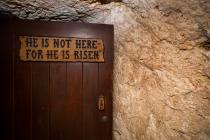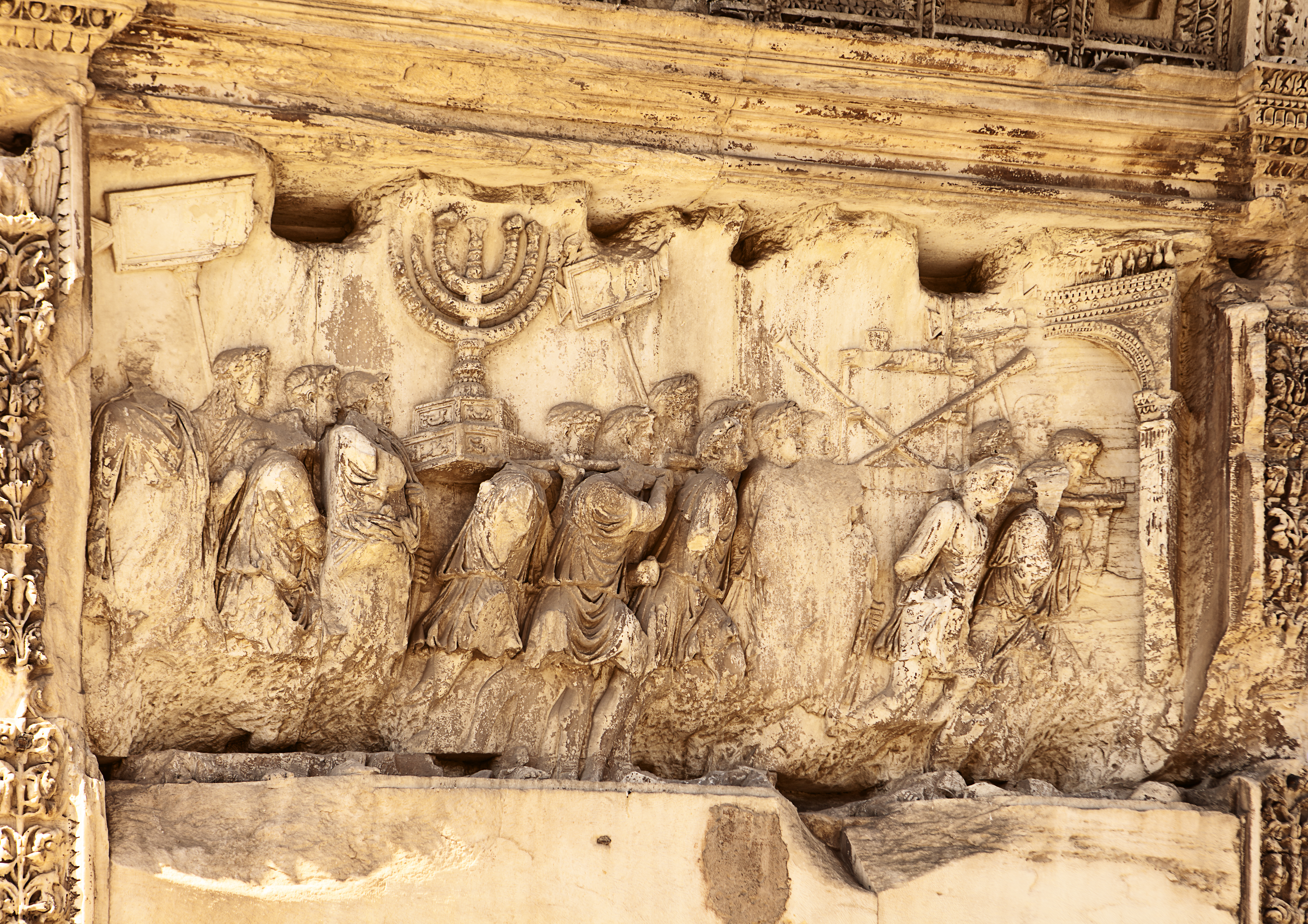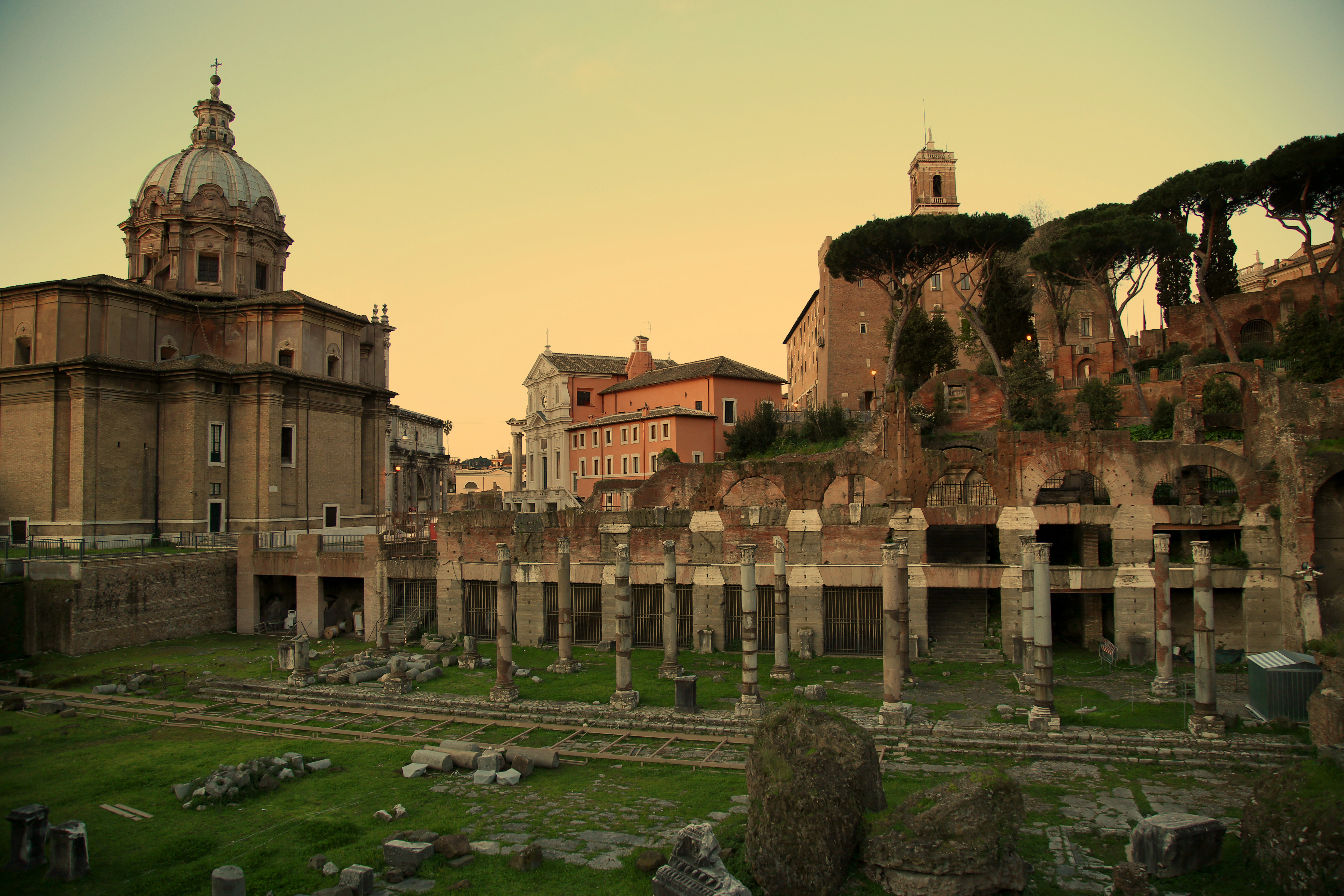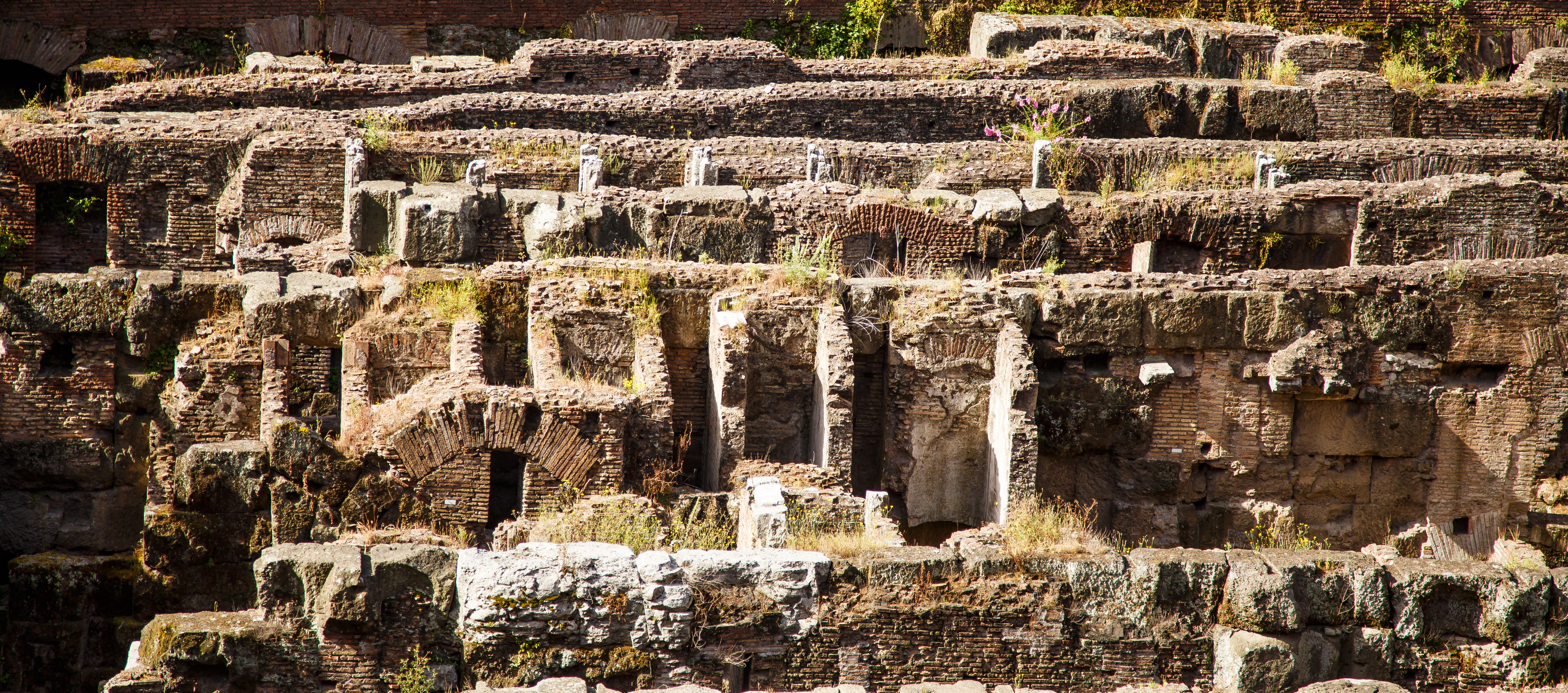Secrets of New Testament Rome
Off the Tourist Trail in a Biblical City
Contemporary travel to Rome tends to focus on three things: food, historical architecture, and the Vatican. There’s good reason for this, of course. From pasta to gelato, Italian cuisine is amazing; the city of Rome is an open-air museum of ancient ruins and wonders; and the religious art of Vatican City is second to none.
But what about Evangelical travelers? Too many tours to Italy miss the fact that Rome was a pivotal hub for New Testament events. Central to the first decades of the Church, Rome was a tinderbox for the early flames of Christianity. Most travelers think of Jerusalem when they think of significant biblical cities—and rightly so. But it’s time they turn their attention also to Rome.
Walk with us through the storied streets of Rome. As we point out little-known historical facts and forgotten stories, you’ll never look at Rome the same way again.
The Underside of the Arch
Southeast of the famed Roman Forum is an ornately carved arch built by the Emperor Domitian in 82 A.D. This enormously influential structure served as the model for the Arc de Triomphe in Paris and other landmarks. Domitian built it to honor the military conquests of his brother, Titus—including the siege of Jerusalem and the destruction of the Temple in 70 A.D. Despite this history, most tourists hardly give it a second glance.
We lead groups to this structure and point out the carvings on the underside of the arch. Looking up, you’ll see images of Roman soldiers plundering the religious treasures of the Jews after destroying the Temple. The arch depicts this as a great victory, while Believers would say otherwise. However, there’s still a deep spiritual truth we can learn from this ancient landmark.
In all four Gospels, Jesus foretold the Temple’s destruction four decades before it happened:
“As He was going out of the temple, one of His disciples said to Him, “Teacher, behold what wonderful stones and what wonderful buildings!” And Jesus said to him, “Do you see these great buildings? Not one stone will be left upon another which will not be torn down,” (Mark 13:1-2).
Jesus’ matter-of-fact statement came to pass exactly as it was spoken. The irony is that, while Rome’s famed monuments laud the Temple’s destruction as a victory, we see that it merely fulfills biblical prophecy.
This often-overlooked detail, separate from the main attraction of the Forum, opens up deep discussions about God’s plan and prophetic purposes. It reminds us that world events revolve around the Word of God—not the other way around—and that the destruction of the Temple only served to spread the Gospel from Jerusalem to the ends of the earth (Acts 1:8).
Chained Letters
St. Peter’s. The Pantheon. The Basilica of San Clemente. Rome is home to dozens of stately domed churches. San Giuseppe dei Falegnami (Italian for “St. Joseph of the Carpenters”) is not one of these. The outward façade of this Roman Catholic Church is relatively simple. It’s not huge. It’s not domed. In Roman terms, it’s not even particularly old—San Giuseppe was built in 1540.
Because Rome’s history is more than meets the eye, it shouldn’t surprise you that beneath this church lie the remains of Mamertine Prison. This ancient cell, built in the 7th century B.C., is thought to be where Peter and Paul were held before their executions at the hand of Nero. Think of it: a peaceful Jewish scholar and a humble ex-fisherman, chained to the wall, awaiting execution. Why? Because the leader of the most influential empire on earth considered them threats to his power!
In fact, it was during Paul’s imprisonment elsewhere in Rome that he wrote his Letter to the Romans, which most scholars consider his most important Epistle. To the large Christian community already flourishing in Rome, he outlined the Gospel message of salvation by faith. Many more of Paul’s letters were actually written during his two-year imprisonment there. The chains didn’t stop Paul from spreading God’s Word. Nero’s power quickly waned. Paul’s message about Jesus still resonates two thousand years later.
Beneath Your Feet
Clearly, exploring the biblical history of this ancient city is well worth it. Sometimes the most important thing to see isn’t the ancient structure itself, but the overarching Gospel message hidden within it. Or in many cases, it’s the Gospel message beneath your feet.
Rome’s famous catacombs stretch across the city, vast layers of passageways that served as burial sites for early Christians. The pagan Romans cremated their dead, but Christians insisted on burial—which was forbidden within city limits. Too poor to buy land elsewhere, early Christians made the catacombs their solution. A visit to these chambers, four stories deep, exposes visitors to the earliest Christian art in the world—and story after story of Christians striving to maintain their beliefs in a hostile environment that persecuted and martyred them for their faith.
The imposing Roman Empire once had vast power, but the simple message of the Gospel outlasted it. Did this happen against all odds? Or was it part of God’s plan to upend the world’s wisdom with a faith spread by rag-tag disciples?
Knowing Where to Look
The modern-day metropolis of Rome has become one of the world’s most important tourist destinations. Millions flock to its iconic art and renowned churches every year. Have you been to Rome? Would you like to go? Many Evangelical Christians find that the city’s grandiose Roman Catholic superstructures seem to obscure the message of the Gospel rather than proclaim it. And though Evangelicals visiting 21st century Rome can appreciate the priceless religious artwork and architecture, a biblically grounded experience can be difficult to find.
The tourist trail of Rome is a far cry from the humble breaking of bread that early Christians knew. They met in houses, had little material wealth and walked the streets of Rome as outcasts sharing a misunderstood message. Some would say their story has been lost in centuries of religious fanfare.
But it’s there. The story of the unlikely triumph of an enduring faith is visible throughout the Eternal City, as long as you know where to look.









